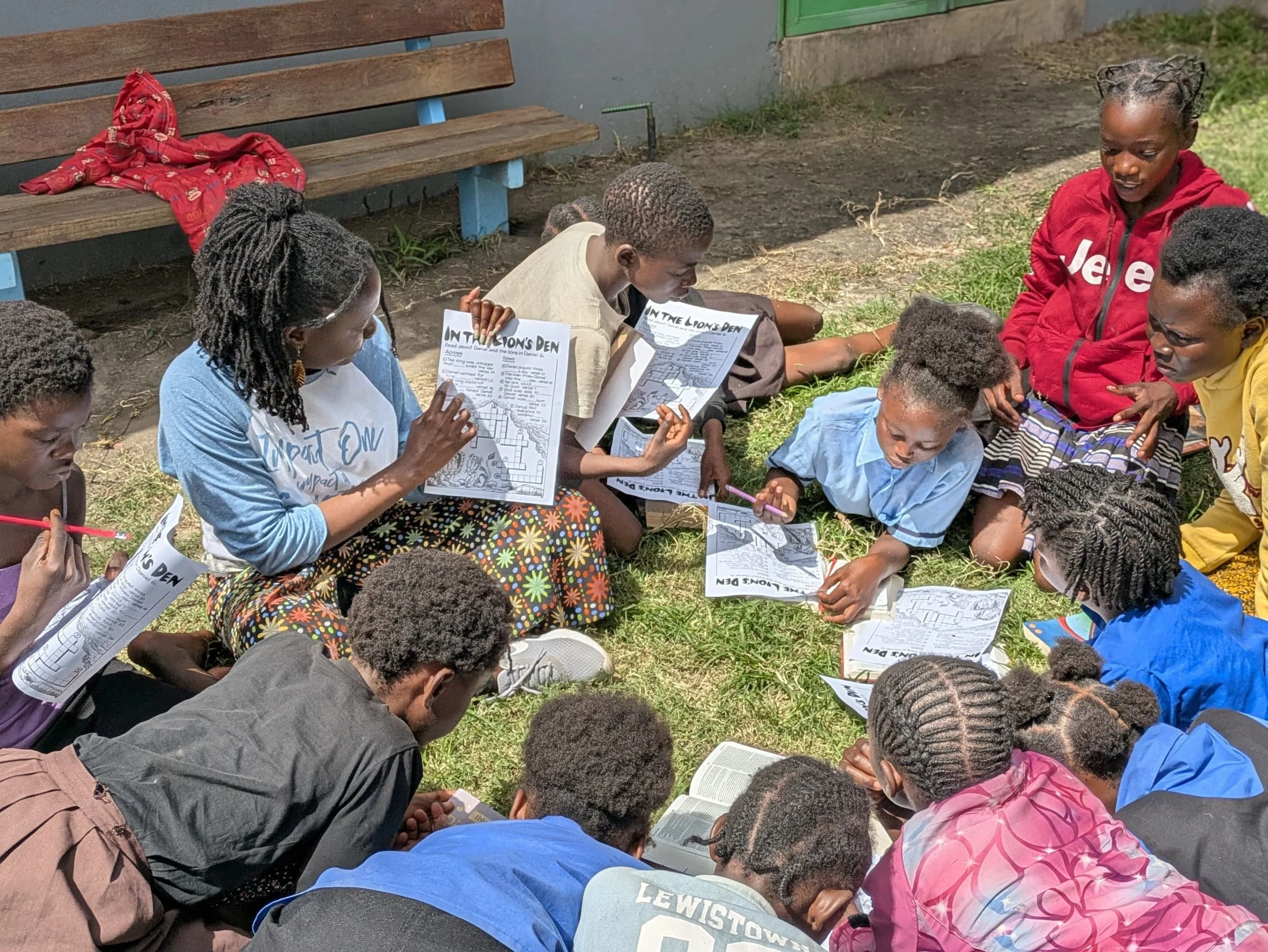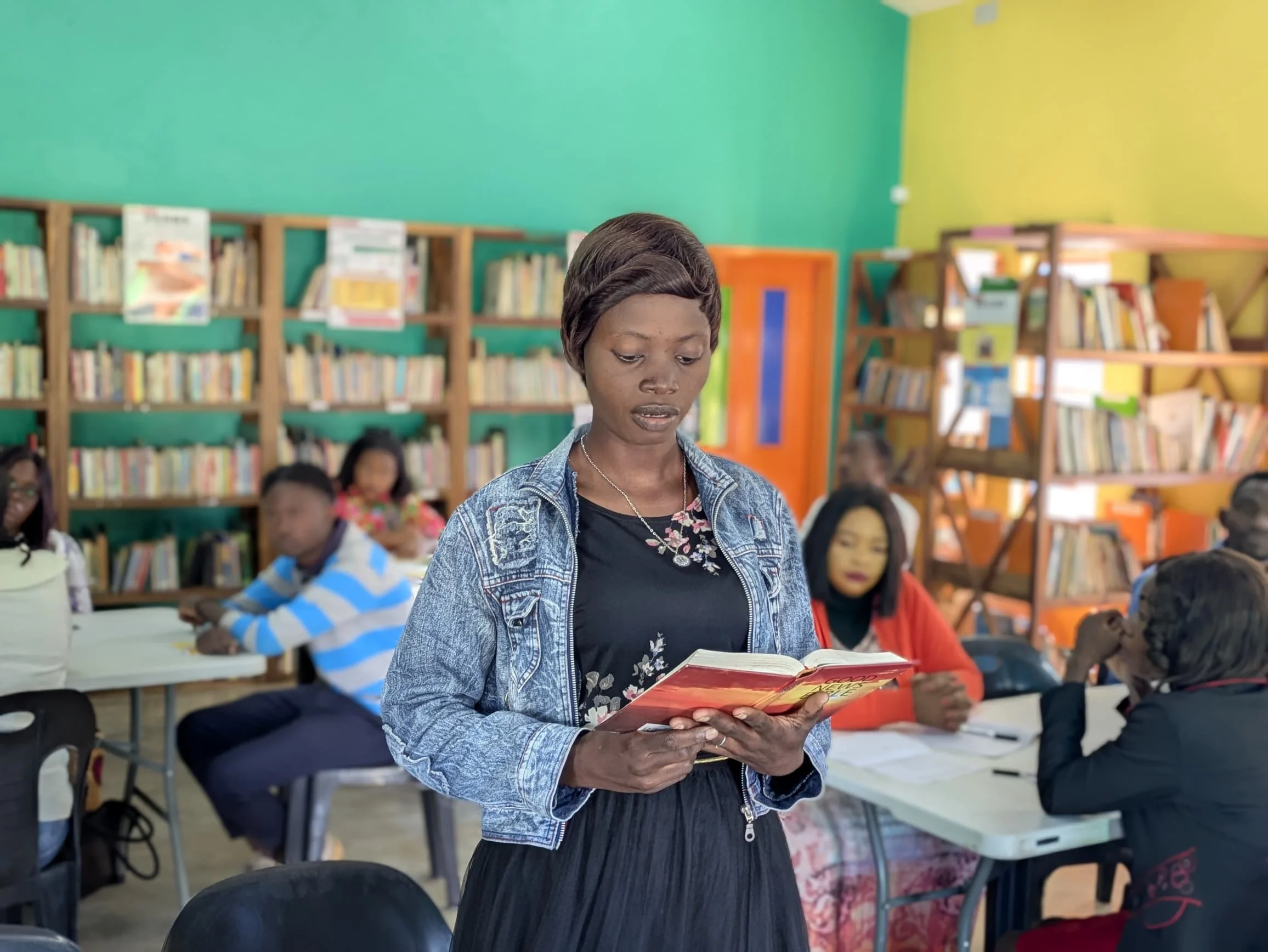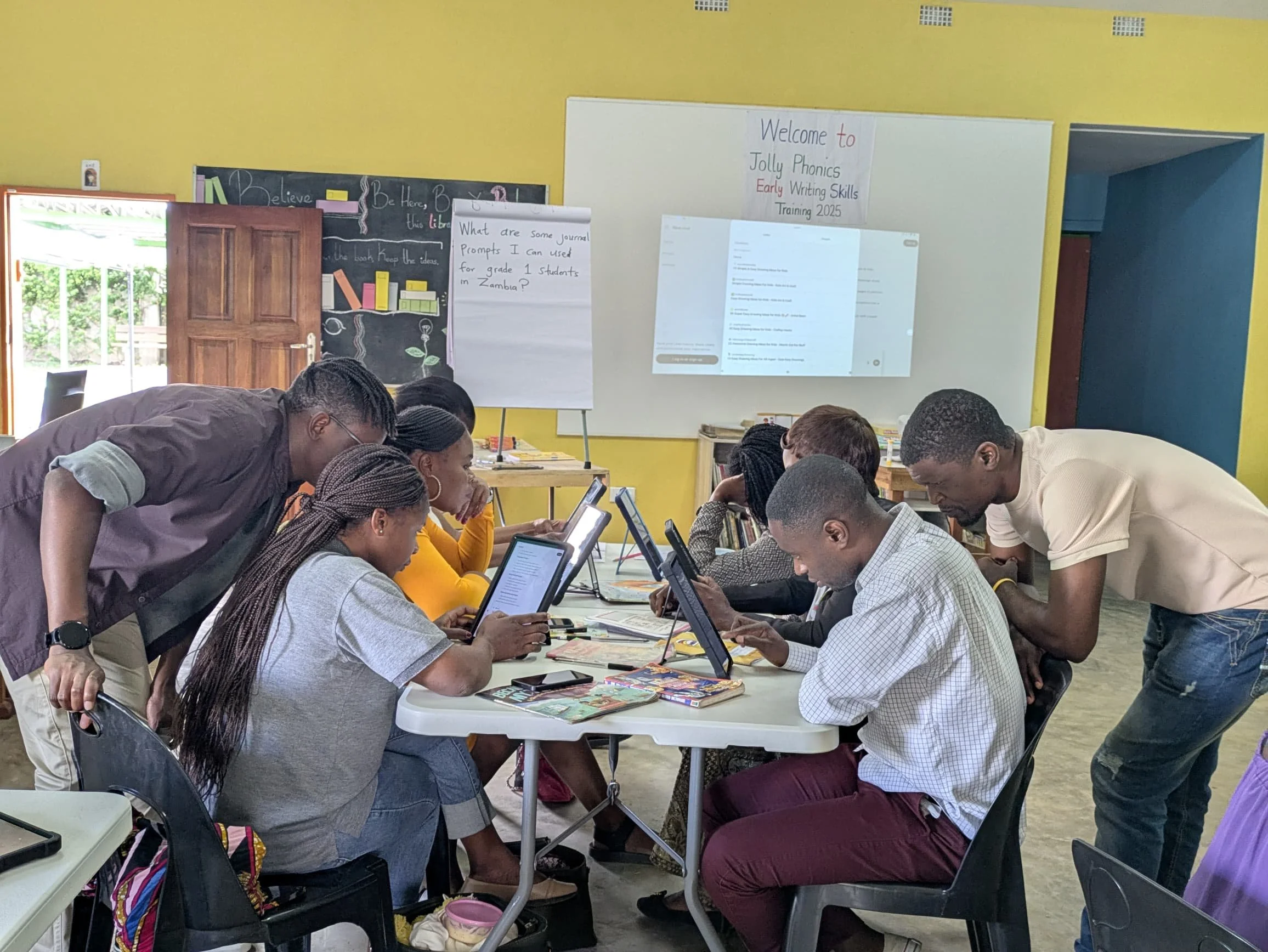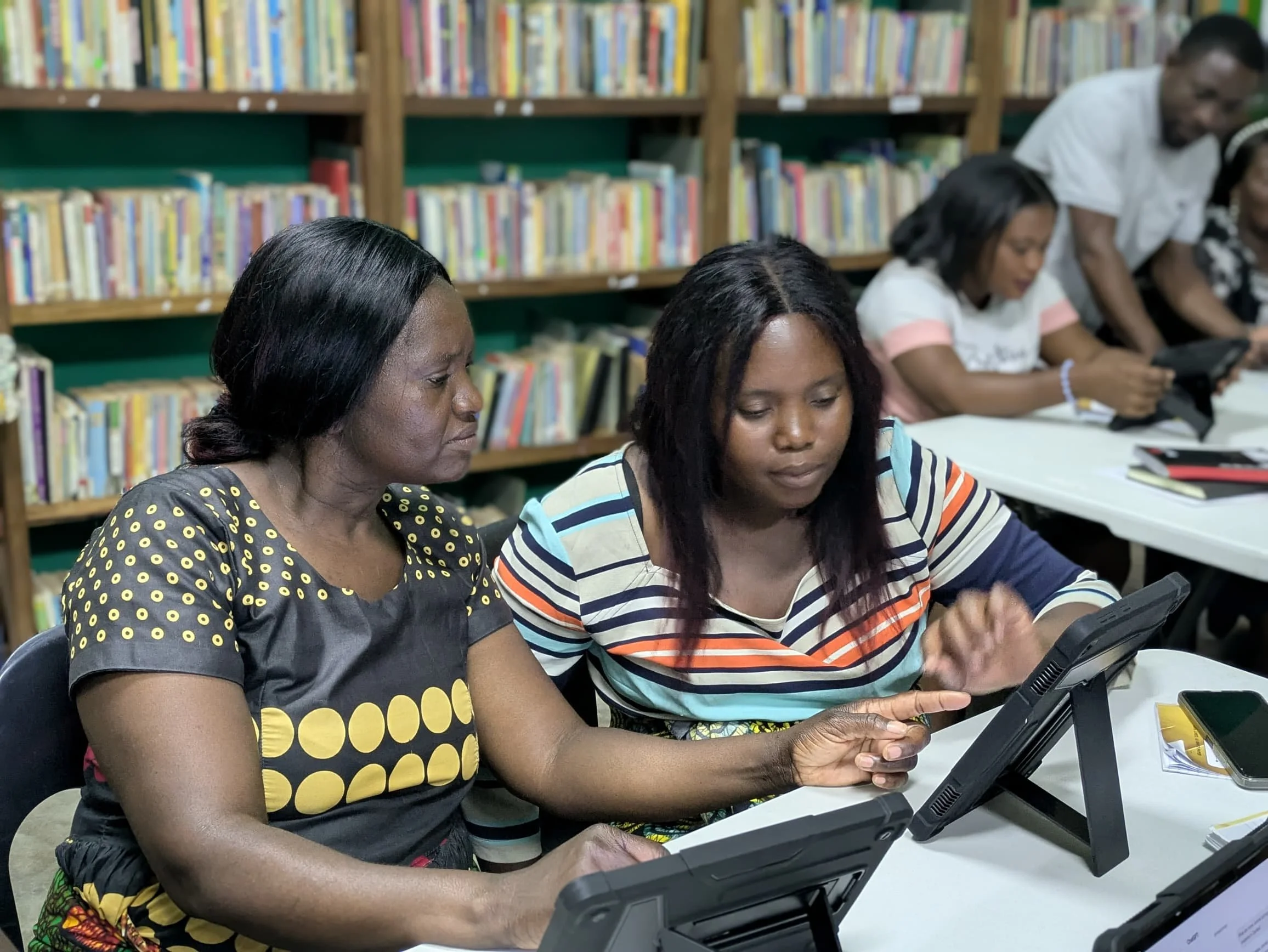How Do You Teach Writing to a Child?
A few months ago, I was working with a group of teenagers on a simple crossword puzzle. They’d never done puzzles before, so I thought it would be fun. But right away, I noticed something- only 1 out of 10 kids could read, and even then, with some difficulty. So I abandoned the puzzle and asked them to color instead.
At the end of the activity, I asked them to sign their work. That’s when I noticed one of them couldn’t write her name. Her name is Bridget, a 13-year-old girl who loves to sing. Bridget is just one of many children in community schools across Ng’ombe who are struggling not because of a lack of intelligence, but because they haven’t been taught in ways that truly support their learning.
That’s why our recent teacher training focused on the fundamentals of early writing, how to teach it, and more importantly, how to nurture it in every child.
Day 1: Starting with the Heart
We began the training with a devotion from Psalm 19:14, reflecting on the posture of our hearts and how our words can build or break others. This was powerful. It reminded us that writing isn’t just about mechanics—it’s about helping children form their own understanding of the world and of themselves.
We asked teachers: “How are you shaping students with your words?” Because words shape identity. Writing is an extension of that.
We then explored ways to grow vocabulary—a key part of writing. If children don’t have the words, they can’t express their thoughts. So we shared practical tools like sentence construction, word walls, and chain writing—small strategies that can make a big difference in the classroom.
Teachers sort story cards in order to tell a meaningful story.
Day 2: The Power of Journaling
The big question that day was: How do we help students become independent writers?
Our education mentor, Chibwe, introduced the idea of journal writing. He said, “It’s not just for readers, even nonreaders can journal. You start with drawings.”
Some teachers were surprised. How can a child journal if they can’t write? But we discussed how drawing is the first step. Scribbles, shapes, doodles, these are early signs of thinking and storytelling. One teacher said, “I used to think scribbles meant I was failing.” Now, she sees them as beginnings.
To give teachers a feel for it, we gave them journal prompts like “If I wasn’t a teacher, I would be…” The responses were honest and eye-opening. Teachers began to reflect on their own stories and see how journaling could help their students process ideas, express emotions, and gain confidence.
We also shared simple activities that they can try out to bring writing into everyday life: making shopping lists, thank-you cards, birthday messages- all small ways to show that writing is used in real life and meaningful.
Day 3: Introducing Tech in the Classroom
On the final day, we introduced the teachers to ChatGPT. Most had never used this kind of AI technology before, but they were eager to learn. We showed them how it can be used to find lesson ideas, create writing prompts, and come up with fun, engaging activities that support literacy.
For many teachers, the idea of teaching writing had always felt overwhelming. But with the right tools and guidance, they now feel more equipped and even excited to bring writing into their classrooms in new ways.
Why This Matters
This training wasn’t just about techniques. It was about changing mindsets. It was about giving teachers practical tools and the confidence to help every child write their own story.
Imagine if every classroom had a teacher who knew how to support early writing. Children like Bridget wouldn’t fall through the cracks. They’d be seen. They’d be taught in ways that honor their potential.
Our hope is that this training is just the beginning - a step toward a new culture of reading and writing in our community. One where children can express themselves, not just with their voices, but on paper.
Because writing isn’t just a school subject, it’s a life skill. It’s how children like Bridget learn to say, “This is who I am.”








